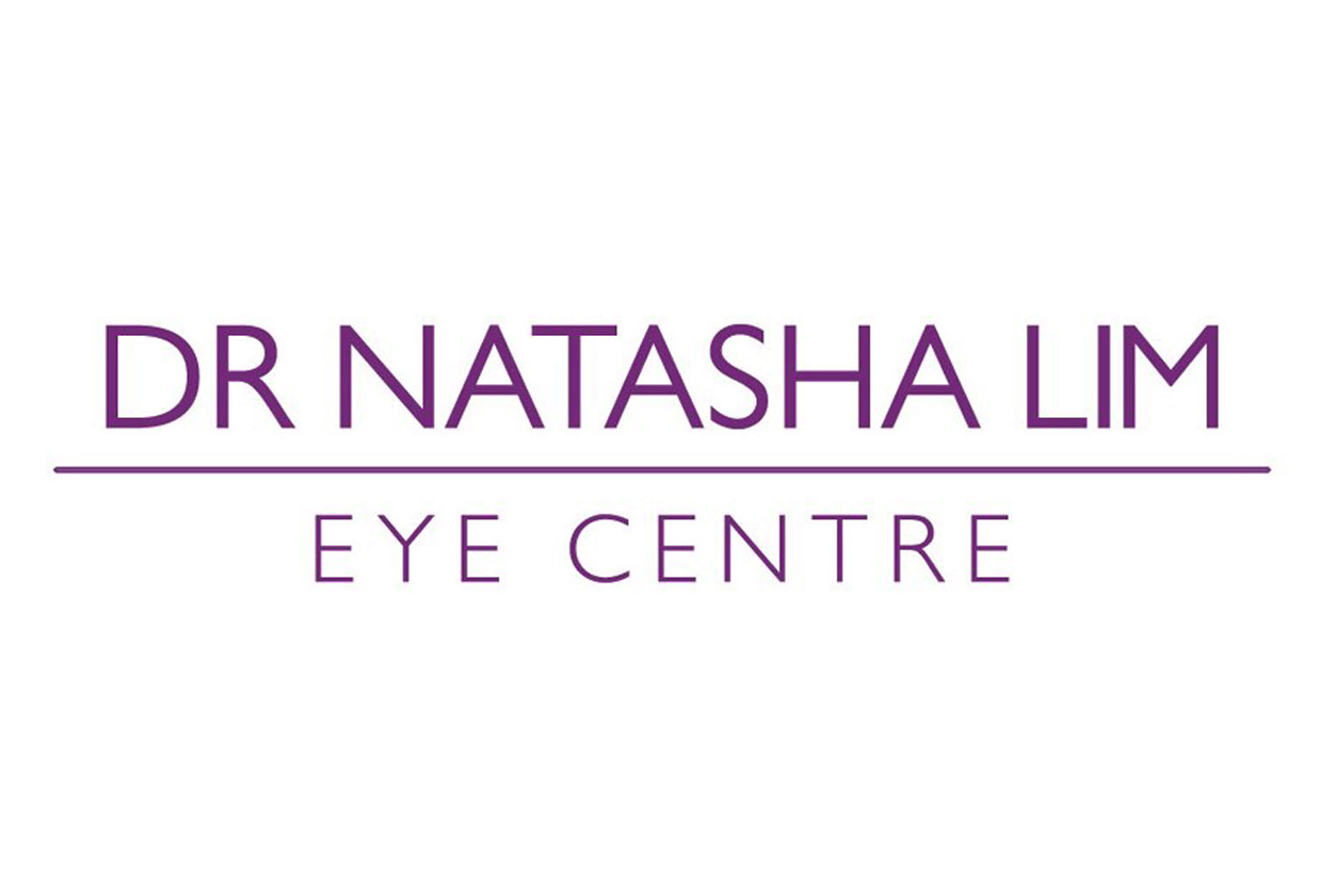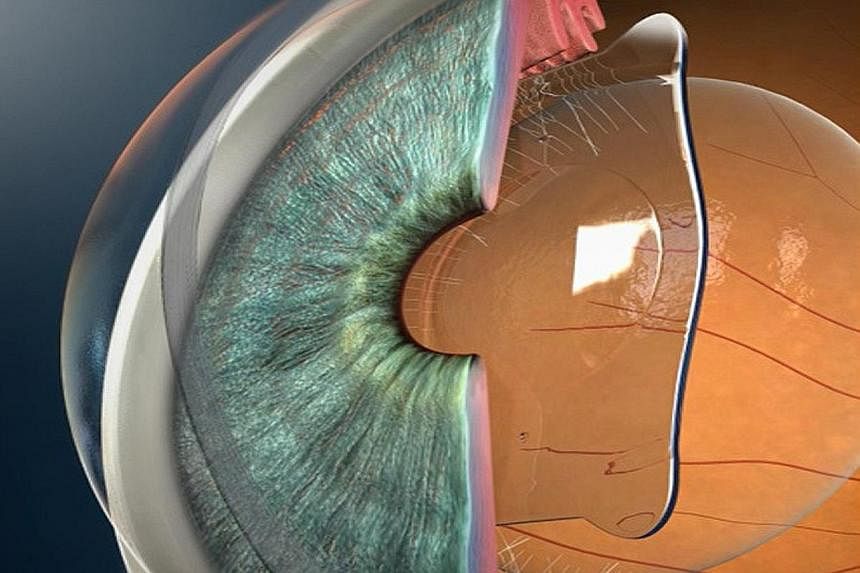Q: My daughter is 21 years old and has -8.00 dioptres of short-sightedness in both eyes.
She wears contact lenses to correct her vision. Is it better to use Lasik or implantable collamer lenses (ICL) to correct her short-sightedness permanently?
A: Both Lasik and ICL surgery are safe and reliable.
Neither one is superior to the other. A surgeon who is skilled to perform both will advise patients which is the preferred method for them and why.
BASICS OF LASIK
Lasik uses a beam of light from an excimer laser to gently reshape the outer window of your eye, known as the cornea.
When wavefront technology is used, the laser reshapes the cornea with minimal impact on its natural profile. This reduces the risk of post-operative glare and haloes at night, and can improve the prospects of vision performance.
When non-wavefront technology is used, the laser reshapes the treatment zone of the cornea only, but does not blend this new profile into the non-treated area, giving more chances of glare and haloes at night post-operatively.
Lasik can treat up to -12.00 dioptres of short-sightedness, -6.00 dioptres of astigmatism and +5.00 dioptres of long-sightedness.
The procedure is approved by the United States Food and Drug Administration (FDA) for those aged 18 years and above.
Most patients develop some degree of dry eyes immediately after the procedure, but this is temporary.
Artificial tear drops are used during the recovery period and can be stopped once the corneal cells have re-grown after a few months.
If your myopia regresses afterwards, an enhancement can be performed as long as there is sufficient corneal thickness left after the first laser treatment.
Ectasia (weakness) of the cornea caused by excessive thinning during Lasik is very rare these days as new patient criteria have been set in place for its safe practice.
People interested in Lasik but whose corneas are too thin or myopia too high are carefully screened out.
INSERTING A LENS IN THE EYE
Another option for your daughter is ICL surgery.
The reason many doctors do not propose ICL first is because it is an invasive procedure. If an infection were to occur inside the eye, the consequences are more serious.
The lenses used in this procedure are made of collagen and the plastic, polymer. The material is foldable, highly elastic and can be removed. It is FDA-approved for those aged 21 to 45.
The lens is inserted behind the iris (the coloured part of the eye) and in front of the natural lens (above).
ICL can correct extreme short-sightedness of up to -20.00 dioptres, and long-sightedness of up to +7.00 dioptres.
This method does not involve reshaping the cornea and is associated with less post-operative dry-eye symptoms. For people with extremely dry eyes, ICL would be more suitable.
When performed well, both vision correction methods have a very low rate of myopia regression.
For ICL patients, the implants can be changed to those with a different power.
It should be noted that while ICL is reversible, it would require another invasive surgical procedure to remove the implanted lenses.
In rare instances, ICL surgery can lead to glaucoma and cataracts, due to the proximity of the implanted lenses to the patient's iris and natural lens.
If the lens implant is too big, there is a risk that the anterior chamber of the eye may become shallower, causing glaucoma by blocking the eye's drainage angle internally.
If the lens implant is too small, it may be displaced backwards, causing a cataract to form. It will be necessary to reverse the ICL procedure when such complications occur.
GOOD OUTCOMES
That said, the visual outcomes of both procedures have been predictable and extremely good.
As Lasik is non-invasive, refractive surgeons would generally advise patients to do Lasik if they have normal corneal thickness and their myopia is not excessively high. If they are ineligible for Lasik, due to a thin cornea and high degree of myopia, then ICL implants are considered.
Both procedures allow for cataract surgery in the future.
It has been said that the removal of corneal tissue during Lasik may make it more difficult to accurately calculate the power of a lens implant for future cataract surgery.
However, modern and advanced mathematical formulae have made calculations better than ever before.
These days, the calculation of lens power for those who have had Lasik can be as accurate as for those who have not had the procedure.
There is no best way to correct your daughter's -8.00 dioptre vision.
Several factors, such as age, refractive error and corneal thickness, will help the patient to make the optimal choice for himself.
Your goal should be to consult an ophthalmologist who specialises in refractive surgery and who is able to provide all the different procedures available.
You can then discuss the pros and cons of each method with the doctor before making a decision.

DR NATASHA LIM,
director and consultant ophthalmologist
at the Dr Natasha Lim Eye Centre
at Mount Elizabeth Novena Hospital
Brought to you by


